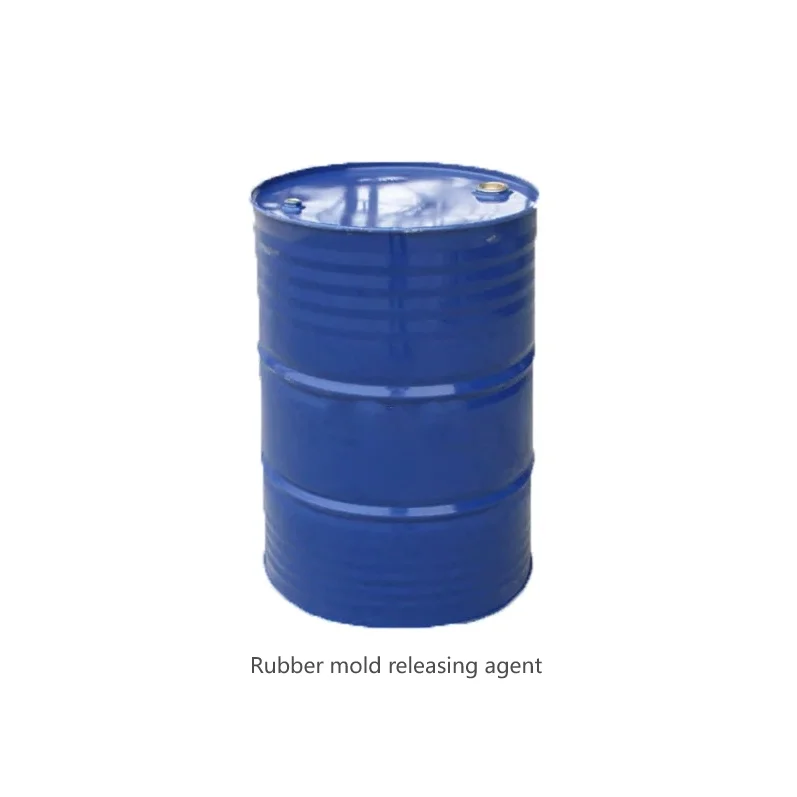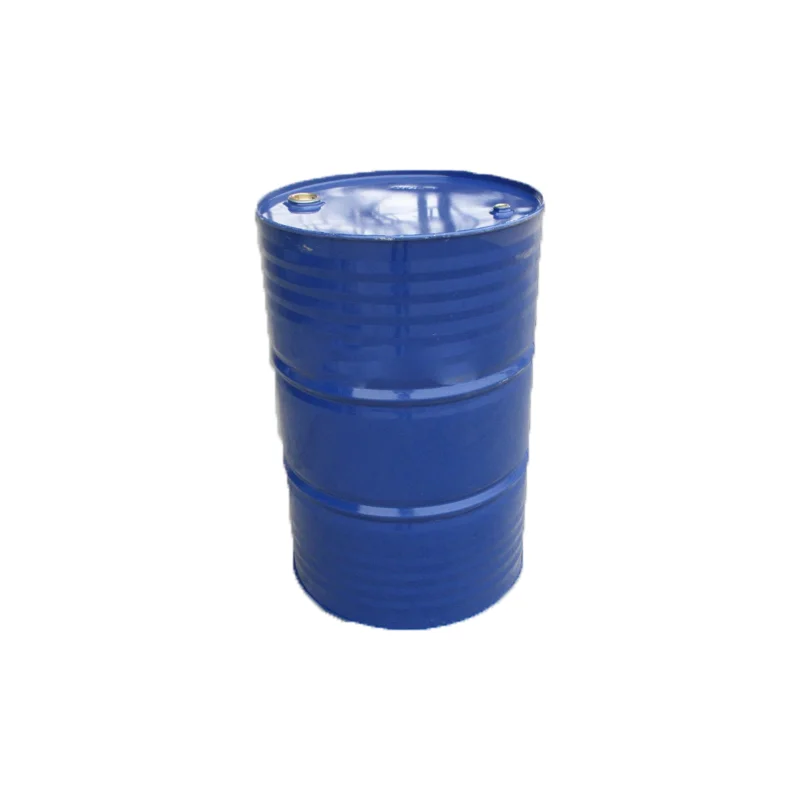In the world of industrial manufacturing, especially in rubber molding, ensuring the smooth and efficient production of parts is essential. One of the key elements that contribute to a seamless process is the use of rubber mold release agents. These agents serve as a protective layer between the mold and the rubber material, making it easier to remove the finished product without damaging either the mold or the part. Among the various types of mold release agents, quick-drying rubber mold release agents stand out for their efficiency and performance. In this article, we will explore the benefits of quick-drying rubber mold release agents and how suppliers like Tiancheng Chemical are advancing their availability for various industrial applications.
What are Quick-Drying Rubber Mold Release Agents?
Quick-drying rubber mold release agents are specially formulated chemicals designed to prevent the adhesion of rubber or other materials to molds during the molding process. They create a thin, protective film on the mold's surface that allows easy removal of the molded parts without causing defects or surface damage. Unlike conventional release agents, quick-drying agents are engineered to dry faster, allowing for higher production efficiency and reducing downtime between molding cycles.
These agents are commonly used in industries that rely on rubber molding, including automotive manufacturing, consumer goods, medical devices, and more. The faster drying time ensures that molds are ready for the next cycle without the need for extended waiting periods.

Benefits of Quick-Drying Rubber Mold Release Agents
Increased Production Efficiency
The primary advantage of quick-drying rubber mold release agents is their ability to enhance production speed. Traditional mold release agents can take several minutes to dry, which can lead to extended downtime between production cycles. In contrast, quick-drying agents dry in a matter of seconds, allowing manufacturers to reduce the waiting time between moldings. This increased efficiency is essential in high-volume production environments, where time is of the essence.
By reducing the time it takes for the release agent to dry, manufacturers can maximize their production throughput, leading to higher overall output and increased profitability. Quick-drying agents help manufacturers keep up with tight production schedules without compromising on product quality.
Improved Part Quality and Surface Finish
Quick-drying mold release agents contribute to better part quality and surface finish. Since the agent forms a thin, consistent layer on the mold, it reduces the chances of leaving residue or defects on the molded parts. This results in parts that are smoother, more uniform, and less likely to have surface imperfections caused by excess release agent.
The smooth finish is especially important in industries such as automotive manufacturing and consumer goods production, where the aesthetics of the final product play a significant role in customer satisfaction. Quick-drying agents ensure that molds can be reused immediately, maintaining the integrity of the molded part without degradation.
Reduced Contamination Risk
By drying quickly, these release agents minimize the risk of contamination in the mold and surrounding environment. Longer drying times can lead to excess buildup of release agent or dust particles in the production area, which can affect the quality of the mold and the molded product. Quick-drying agents, however, leave a minimal residue, reducing the chances of contamination and the need for additional cleaning between production runs.
This benefit is particularly useful in industries with strict quality control standards, such as medical device manufacturing, where cleanliness and precision are crucial. Quick-drying agents help maintain a clean and controlled environment during the molding process.
Lower Environmental Impact
Many quick-drying rubber mold release agents are formulated with environmentally friendly ingredients that reduce the impact of the molding process on the environment. By reducing the amount of time molds are exposed to chemicals and minimizing excess residue, these agents contribute to cleaner production processes and reduced chemical waste. Manufacturers can lower their environmental footprint, which is an important consideration in today’s increasingly eco-conscious world.
Additionally, these agents often contain less volatile organic compounds (VOCs), making them safer to use in manufacturing environments and complying with regulations related to air quality and safety.
Cost-Effective and Easy to Use
Quick-drying rubber mold release agents are not only more efficient but also cost-effective. Due to their rapid drying properties, they reduce the amount of time and labor required to maintain molds, thus lowering production costs. These agents are typically easy to apply, requiring minimal preparation and no complex machinery. Manufacturers can rely on them to streamline their processes and reduce operational expenses, which contributes to their overall profitability.
Furthermore, the reduced need for mold cleaning between cycles means that less time is spent on maintenance, allowing workers to focus on other critical tasks in the production line.

Applications of Quick-Drying Rubber Mold Release Agents
Quick-drying rubber mold release agents are used in a wide range of industrial applications. Below are some of the key industries that benefit from their use:
Automotive Manufacturing
In the automotive industry, quick-drying rubber mold release agents are essential for producing components such as gaskets, seals, and weatherstripping. These parts often require precise molding and a smooth surface finish, which quick-drying agents help ensure. The automotive industry relies on high-volume production, making the speed and efficiency of quick-drying agents a critical factor in meeting demand and maintaining product quality.
Consumer Goods
From rubberized grips on tools to rubber parts in electronics, quick-drying rubber mold release agents are used extensively in the production of consumer goods. These agents help ensure that products have a consistent, high-quality finish that meets the aesthetic and functional needs of consumers. The faster drying times allow manufacturers to produce large quantities of items in a short period, reducing lead times and costs.
Medical Devices
Medical devices that use rubber components, such as seals and diaphragms, require strict quality control and precision. Quick-drying rubber mold release agents help ensure that molds are cleaned and ready for the next cycle without any contamination or imperfections. The fast drying time minimizes the risk of defects that could affect the performance or safety of medical devices.
Tires and Rubber Products
Tire manufacturing and other rubber products also benefit from the use of quick-drying mold release agents. These agents prevent the rubber from sticking to molds during the curing process, allowing for the smooth extraction of finished products. The reduced drying time enhances production efficiency, which is crucial in the competitive tire industry.

Conclusion
Quick-drying rubber mold release agents offer a range of benefits that are crucial for improving industrial production processes. From increased efficiency and reduced downtime to improved part quality and lower environmental impact, these agents play a key role in industries such as automotive manufacturing, consumer goods, medical devices, and tire production. With companies Tiancheng Chemical leading the way in providing high-quality, reliable solutions, manufacturers can count on quick-drying rubber mold release agents to enhance their operations and meet the growing demands of modern industry.
Advantages of Using Rubber Mold Releasing Agents in Industrial Applications



